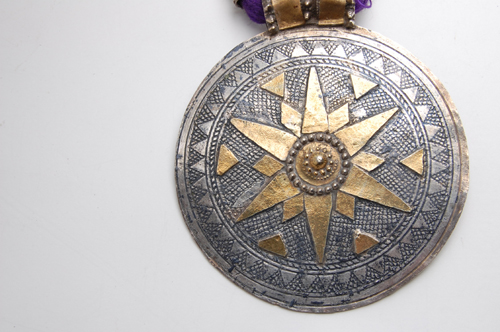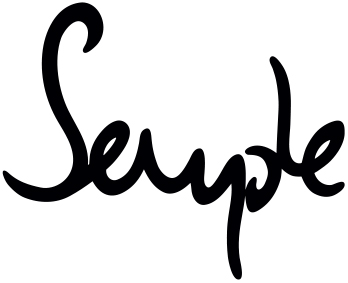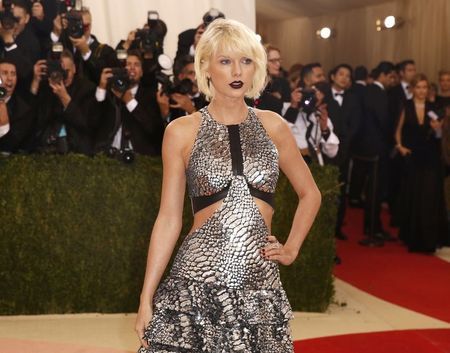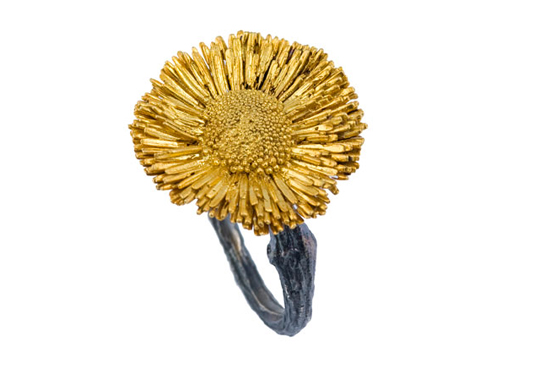
Adornment and Identity is the exhibition currently on the Maggie Semple radar, showing at The British Museum. With a focus on Oman, the third biggest country in the Arabian Peninsula, the Omani culture through their dress and jewellery is explored in historical depth. From the 1800s-1900s, the exhibition documents the change in style and values of the adornments as the Middle-Eastern society became more modernised, without flailing away from their heritage.
Some particularly interesting items stood out at the exhibition. A shabkah (headdress) with a net collar made from brown plaited strips of goat leather and a forehead ornament attached which was known as the ‘Hand of Fatima’, a mark of protection. Worn on special occasions by Muslim women, this hair piece was suitable for weddings, ceremonies and religious festivals like Eid.
Silver pendants set in coral, carnelian gemstone, fox and wolf teeth were popular in the 1950s. Believed to ward off evil influences by these natural resources, it was also thought to bring happiness and good health to the wearer.

Burqas (face masks) were a phenomenon, varying in style over the years through the changing decades. In the 1890s the burqa was an alluring and beautiful, yet practical item. Worn by Omani women from villages, coastal towns and desert regions, the mask was an indicator of wealth. In the 1950s the most popular types of burqas were dyed indigo, which was considered to protect from bad weather conditions. By 1990 colourfully-trimmed burqas were the fashionable choice, mainly worn by females from Phofar (south Oman).
From the 1960s onwards earnings increased and the demand for gold jewellery was greater, whereas previously silver was the more favourable choice. This signified a shift in social change as the women of Oman became more modernised and prosperous.

The jewellery had real significance relating to a number of factors. Religion, protection, social, financial and marital status, regional and cultural traditions were a way of expressing a woman’s identity through jewellery. The bangles, necklaces, bracelets, earrings, anklets and hair garments had a deep meaning. They were not only a woman’s beauty show-piece, but something that symbolised her way of life.
Available up until 18th September, this exhibition is not to be missed.
Avneet Takhar



